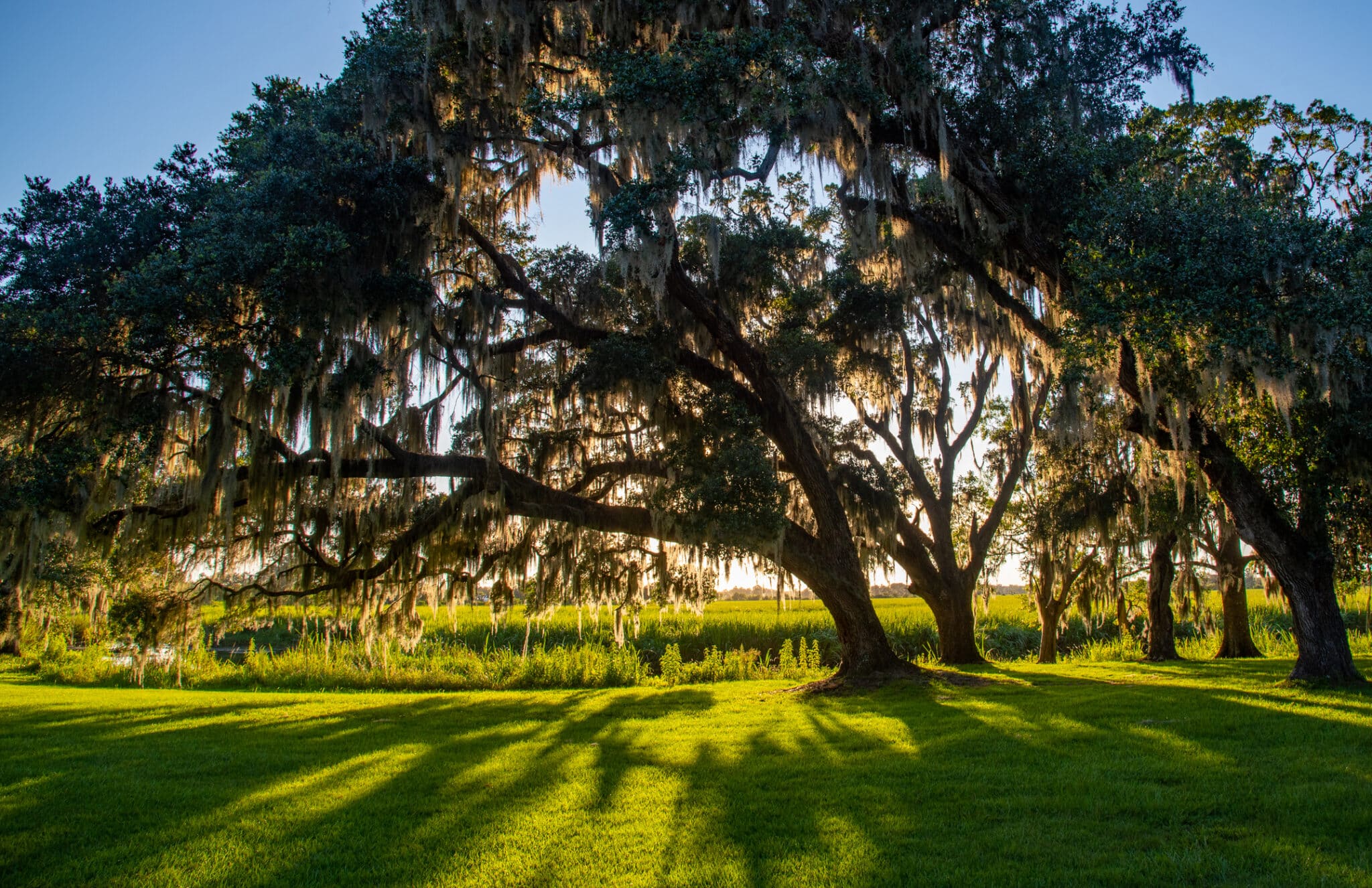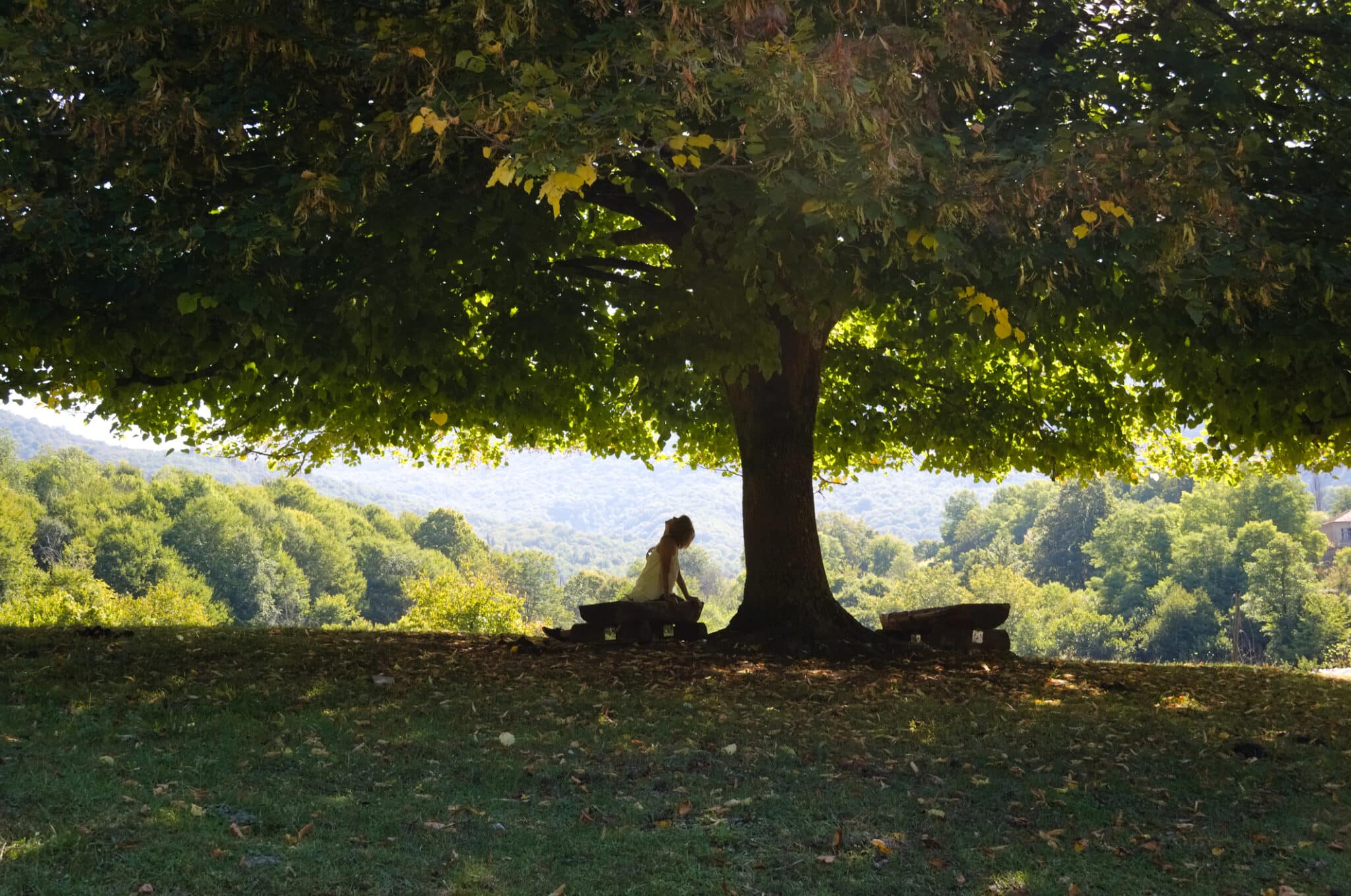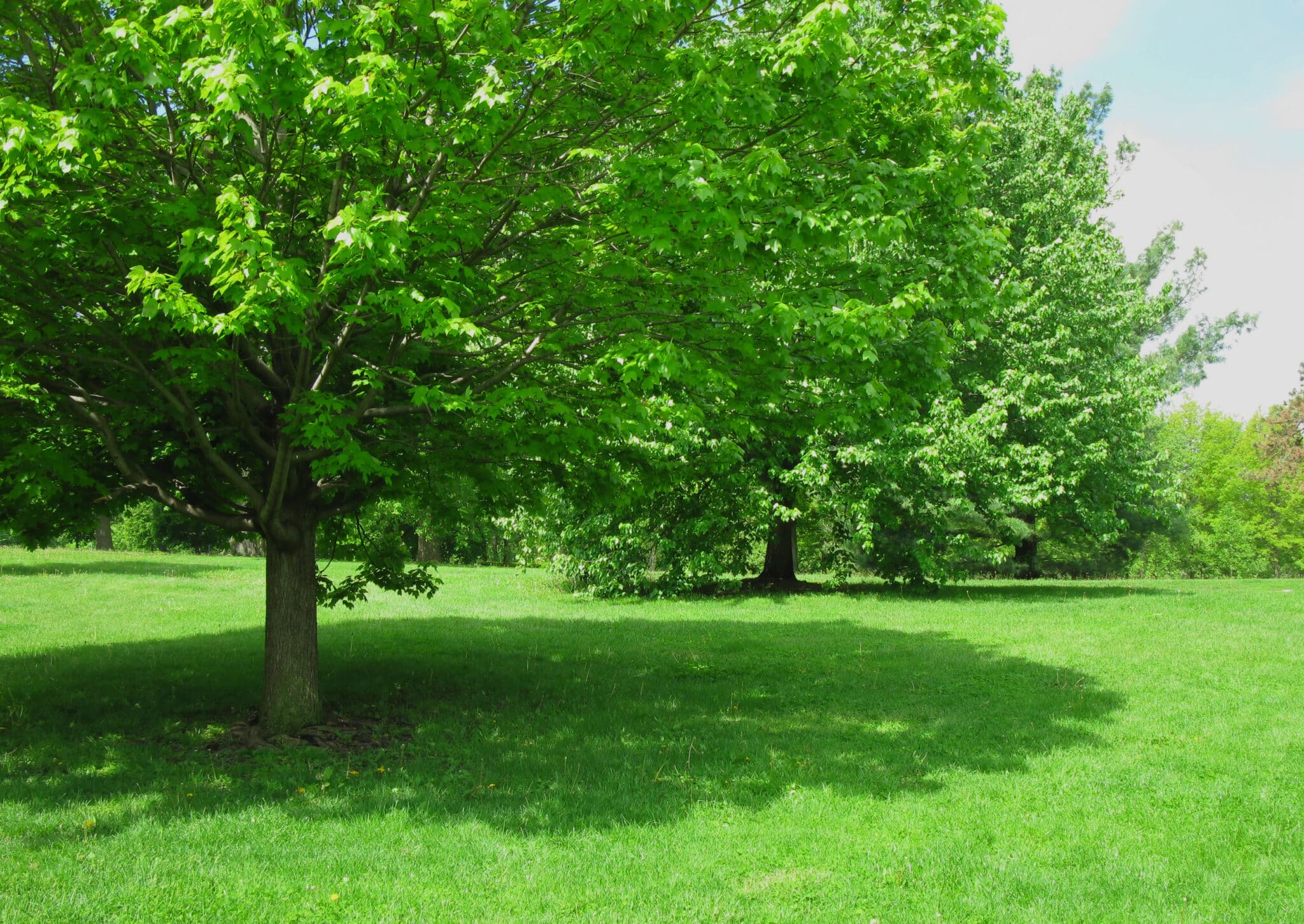Top Shade Trees for Dallas Homes
Are you looking to transform your Dallas yard into a cool, inviting oasis? Adding shade trees might be the perfect solution! In this comprehensive guide, we’ll explore everything you need to know about choosing, planting, and caring for the best shade trees in Dallas.
From enhancing your home’s beauty to saving on energy costs, shade trees offer numerous benefits that you’ll love. Ready to dive in? Let’s get started with why shade trees are a fantastic choice for your Dallas home.
Why Choose Shade Trees for Your Dallas Home
Shade trees offer more than just a cool spot to escape the Texas sun. These trees can transform your yard in several ways. Let’s dive into why you might want to add some shade trees to your Dallas home.
First off, shade trees bring a host of benefits. They provide a natural cooling effect, reducing the temperature around your home. This can make your outdoor space more enjoyable during those hot summer days.
But that’s not all! Shade trees can also boost the curb appeal of your property, making it more attractive and potentially increasing its value.
Another great aspect of shade trees is their environmental impact. They help improve air quality by absorbing pollutants and releasing oxygen. This can make your home environment healthier for you and your family.
Additionally, trees reduce stormwater runoff, which helps prevent soil erosion and keeps our water systems cleaner.
Key Considerations for Choosing Shade Trees
Soil Type and Quality
The soil in your yard plays a crucial role in the health and growth of your shade trees. Different trees have varying soil preferences, so it’s essential to understand your soil type. Most shade trees prefer well-draining soil with a balanced pH.
Conduct a soil test to determine the nutrient levels and pH of your soil. You can then choose trees that are well-suited to your soil conditions, or amend the soil to better meet the needs of your selected trees.
Water Requirements
Shade trees have different water needs, and it’s important to choose trees that match the water availability in your area. In Dallas, where summers can be particularly dry, drought-tolerant trees are often a good choice.
Make sure to research the water requirements of each tree species and consider how much irrigation you can provide, especially during the establishment period.
Growth Rate and Size
Consider how fast you want your shade trees to grow and how large they will become at maturity. Fast-growing trees provide shade more quickly but may have a shorter lifespan or weaker wood.
On the other hand, slow-growing trees tend to be more durable and long-lived. Additionally, think about the mature size of the tree and ensure it will fit well in your yard without interfering with structures, power lines, or other plants.
Maintenance Needs
Every tree has its own maintenance requirements, from pruning to pest management. Some shade trees require more care to keep them healthy and looking their best.
Evaluate how much time and effort you are willing to invest in tree maintenance. Choosing low-maintenance species can save you time and effort in the long run.

Best Shade Trees for Dallas Climate
Live Oak (Quercus virginiana)
Live Oaks are a popular choice in Dallas due to their resilience and long lifespan. These majestic trees provide ample shade with their broad, spreading canopies.
They are drought-tolerant and can thrive in a variety of soil types, making them an excellent choice for many homeowners.
Additionally, Live Oaks have strong wood that can withstand high winds, making them a sturdy option for your yard. Plus, their evergreen nature means you’ll enjoy their lush foliage year-round.
Red Maple (Acer rubrum)
Red Maples are known for their vibrant fall foliage, adding a splash of color to your yard. They grow relatively fast and can adapt to different soil conditions, though they prefer moist, well-draining soil.
Red Maples also provide dense shade, making them a great addition to any landscape. Their root systems are less invasive, which is beneficial for planting near homes and walkways. Moreover, their stunning red leaves in autumn can create a breathtaking view of your garden.
American Elm (Ulmus americana)
The American Elm is a stately tree that can grow quite large, providing extensive shade. It’s tolerant of urban conditions and various soil types, though it thrives best in rich, well-drained soil.
These trees are also relatively fast-growing, allowing you to enjoy their benefits sooner. Their arching branches form a lovely canopy that can transform your yard into a picturesque retreat. Additionally, their vase-shaped growth pattern makes them a standout feature in any landscape.
Texas Ash (Fraxinus texensis)
Texas Ash is well-adapted to the local climate and can withstand drought conditions. It’s a medium-sized tree that grows quickly and provides good shade with its dense canopy.
The leaves turn a beautiful golden color in the fall, adding seasonal interest to your yard. Texas Ash is also resistant to many common tree diseases, ensuring a long and healthy life. Furthermore, its rapid growth can help you establish a shaded area in no time.
Cedar Elm (Ulmus crassifolia)
Cedar Elms are tough trees that can handle the heat and dry conditions of Dallas. They have a high tolerance for poor soil and urban pollution, making them ideal for city environments.
Their small leaves provide a delicate, dappled shade. Additionally, Cedar Elms are known for their beautiful bark, which adds a unique texture to your landscape. This tree’s adaptability and resilience make it a low-maintenance choice for busy homeowners.
Chinese Pistache (Pistacia chinensis)
Chinese Pistache trees are known for their stunning fall colors, ranging from orange to red. They are highly drought-tolerant and can thrive in a variety of soil conditions.
These trees are relatively low-maintenance and provide moderate shade with their round canopies.
The Chinese Pistache is also resistant to pests, making it a hassle-free addition to your yard. Its vibrant autumn display is a real eye-catcher, adding significant visual interest to your garden.
Bald Cypress (Taxodium distichum)
Bald Cypress trees are unique for their ability to thrive in wet conditions, though they can also tolerate dry periods. They have a striking appearance with their feathery foliage and can grow quite tall, offering significant shade.
Bald Cypress trees are also known for their beautiful, fluted trunks, which add a dramatic element to your landscape.
Despite their preference for wetter soils, they are surprisingly adaptable to various conditions. Their unique “knees” that protrude from the ground can add an intriguing feature to your yard.
Shumard Oak (Quercus shumardii)
Shumard Oaks is another excellent choice for Dallas, known for its fast growth and robust nature. They thrive in well-draining soil and can withstand periods of drought. These trees also offer beautiful fall foliage, turning a brilliant red or orange.
Shumard Oaks grow to be quite large, providing extensive shade and creating a cool, comfortable environment in your yard. Their strong, deep root systems make them a stable choice for areas prone to windstorms.
Tips for Planting and Caring for Shade Trees in Dallas
Best Planting Practices
When planting trees, it’s crucial to choose the right time and method. Here are some best practices to ensure success:
- Choose the Right Time: The best time to plant is during the cooler months of fall and early spring when the weather is mild. This allows the tree to establish roots before the heat of summer or the cold of winter sets in.
- Prepare the Planting Hole: Start by digging a hole that is twice as wide but no deeper than the root ball of the tree. This width gives the roots room to spread out, while the depth prevents the tree from settling too deeply, which can cause rot.
- Position the Tree Correctly: Ensure the root flare is just above the soil line; this is where the roots begin to spread out from the trunk. This positioning helps the tree to breathe and avoid issues related to deep planting.
- Backfill Properly: Backfill the hole with the original soil, tamping it down gently to remove air pockets, which can cause the roots to dry out and hinder growth. Avoid adding excessive amendments to the backfill soil to encourage the roots to spread into the surrounding soil.
By following these planting practices, your trees will have a strong start and a better chance to thrive in their new environment.
Watering and Fertilization
Proper watering is essential, especially during the first few years as the tree establishes its roots. Follow these tips for effective watering and fertilization:
- Water deeply and consistently: Allow the soil to dry out slightly between waterings to encourage deep root growth. This technique helps the tree develop a robust root system that can better withstand drought conditions.
- Deep watering technique: Apply water slowly and let it soak into the soil to reach the roots. This promotes healthier, deeper roots.
- Fertilize sparingly: Too much fertilizer can harm the tree by causing rapid, weak growth that is susceptible to pests and diseases.
- Use slow-release fertilizer: Apply in the spring, following the manufacturer’s instructions to avoid over-fertilization. This provides the tree with a steady supply of nutrients over time, promoting healthy, sustained growth.
By adhering to these guidelines, your trees will receive the necessary care to thrive in the Dallas climate.
Pruning and Maintenance
Regular pruning helps maintain the health and shape of your trees. Here are some key points to keep in mind:
- Prune during the dormant season, typically in late winter, to remove dead, damaged, or diseased branches.
- Prevent the spread of disease by removing affected branches and improving air circulation within the canopy.
- Direct the tree’s energy towards healthy growth by strategically pruning to shape and strengthen the tree.
- Mulch around the base of the tree to retain moisture, regulate soil temperature, and prevent weeds. A layer of mulch, about 2-4 inches thick, will also protect the tree’s roots from extreme temperatures and reduce competition for water and nutrients.
By following these tips, your trees will grow strong and healthy, providing you with years of enjoyment.
Common Challenges and Solutions
Pest and Disease Management
One of the common issues is dealing with pests and diseases. Regularly inspect your trees for signs of trouble, such as discolored leaves, unusual growths, or insect infestations.
Use organic or chemical treatments as needed, but always follow the recommended guidelines. Early detection and treatment are key to preventing severe damage.
Dealing with Drought and Extreme Weather
Dallas weather can be tough, with periods of drought and occasional severe storms. To help your trees withstand these conditions, choose drought-resistant species and water them deeply but infrequently to encourage deep root growth.
Mulching can help retain moisture during dry spells. For storms, proper pruning can reduce the risk of wind damage by removing weak branches.
Soil Amendments and Improvements
Sometimes, the natural soil in your yard may not be ideal for your trees. Conduct a soil test to determine its composition and pH level.
Based on the results, you might need to amend the soil with compost, peat moss, or other organic materials to improve its structure and nutrient content. Regularly adding organic matter can help maintain a healthy soil environment for your trees.

Landscaping Ideas with Shade Trees
Creating Shaded Outdoor Spaces
Use trees to create cool, comfortable outdoor living areas. Plant them around patios, decks, or seating areas to provide natural shade and make these spaces more inviting.
This not only enhances your enjoyment of your yard but also offers a respite from the Texas heat. Additionally, shaded areas can protect outdoor furniture from sun damage, extending its lifespan.
Combining Shade Trees with Other Plants
Shade trees can be a focal point in your garden, providing structure and height. Complement them with understory plants like shrubs, perennials, and groundcovers that thrive in partial shade.
This layering effect adds depth and visual interest to your landscape, creating a lush, cohesive look. Furthermore, the diverse plantings can attract various wildlife, adding to the natural appeal of your yard.
Enhancing Curb Appeal with Trees
Strategically placed shade trees can significantly boost your home’s curb appeal. Planting trees along the driveway or near the front entrance can frame your home beautifully and make a strong first impression.
Choose species with attractive foliage and seasonal color changes to add visual interest throughout the year. Trees can also provide a sense of maturity and stability to your property.
Highlighting Unique Features
Use trees to highlight unique features of your property, such as a garden path, water feature, or scenic view. By placing trees thoughtfully, you can draw attention to these elements and create a more cohesive and aesthetically pleasing landscape.
Additionally, trees can act as natural barriers, enhancing privacy and reducing noise. This strategic placement can also create a series of outdoor “rooms” for different activities.
Transform Your Dallas Yard with Expert Tree Services!
Ready to enhance your Dallas home with beautiful, thriving trees? S&P Tree Service is here to help you choose, plant, and care for the perfect trees for your landscape.
Our expert team knows exactly what your yard needs to flourish in the Texas climate. Contact us today at 469-484-6585 and let’s create your ideal outdoor oasis together!
FAQs About Shade Trees
How fast do these trees grow?
The growth rate of trees varies widely depending on the species. Fast-growing varieties like Red Maple and Texas Ash can grow several feet per year, providing quick shade. In contrast, slower-growing types like Live Oak may take longer to reach maturity but often live longer and have stronger wood.
What are the best trees for small yards?
For smaller yards, it’s essential to choose trees that won’t outgrow the space. Some excellent options include the Chinese Pistache, Texas Ash, and smaller varieties of Maple trees. These trees provide ample shade without overwhelming the yard. Additionally, their manageable size makes maintenance easier.
Can I plant trees close to my house?
While you can plant trees near your home, it’s crucial to select the right species and maintain proper spacing. Trees with non-invasive root systems, like Red Maple and Cedar Elm, are better choices for close planting. Ensure that the tree’s mature canopy won’t interfere with the house or power lines.
How do I prevent diseases and pests in my trees?
Preventing diseases and pests involves regular monitoring and proper care. Keep an eye out for any signs of trouble, such as discolored leaves or unusual growths. Implementing good practices, like proper watering, fertilization, and pruning, can strengthen the tree’s health.
When is the best time to plant trees in Dallas?
The best time to plant trees in Dallas is during the cooler months of fall and early spring. This timing allows the trees to establish roots before the extreme heat of summer. Planting during these periods also reduces stress on the young trees. Ensure you follow best planting practices to give your trees the best start.


